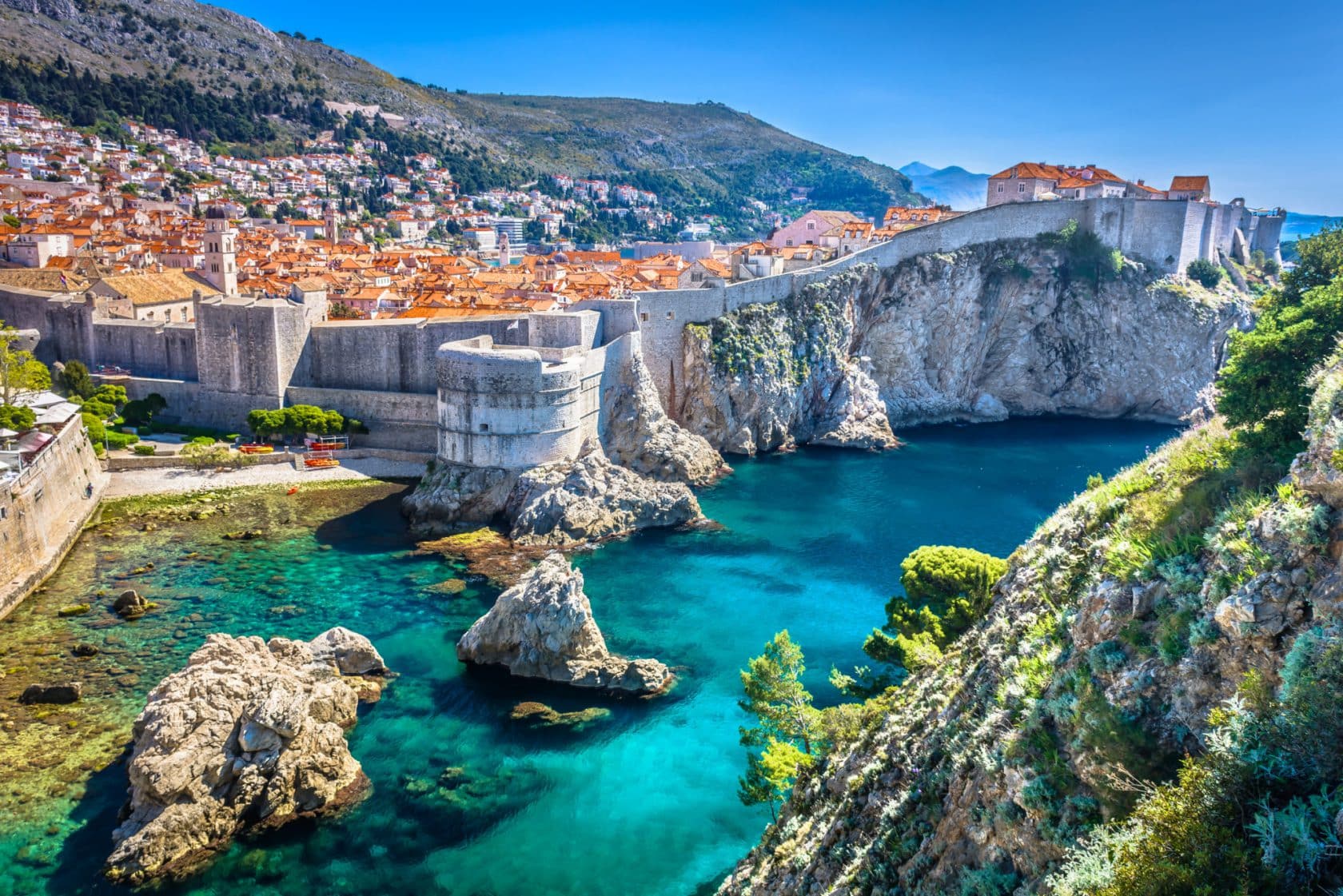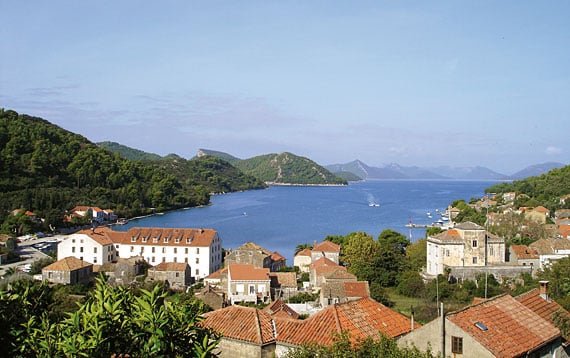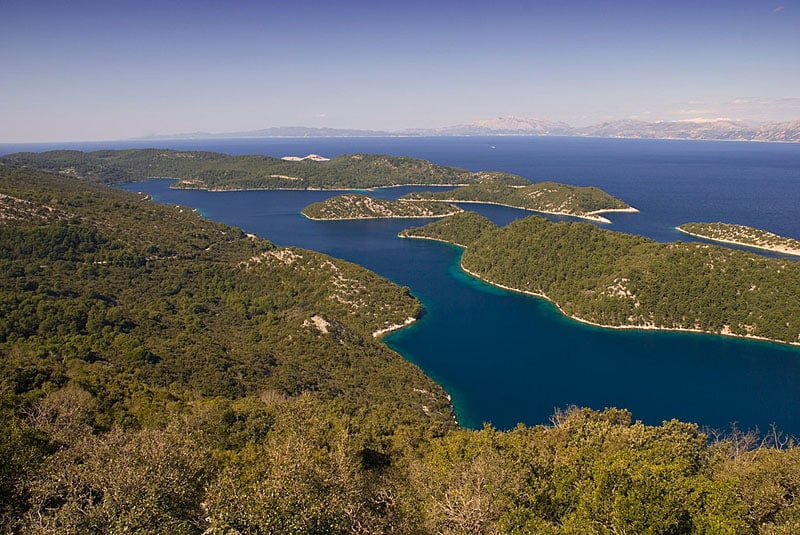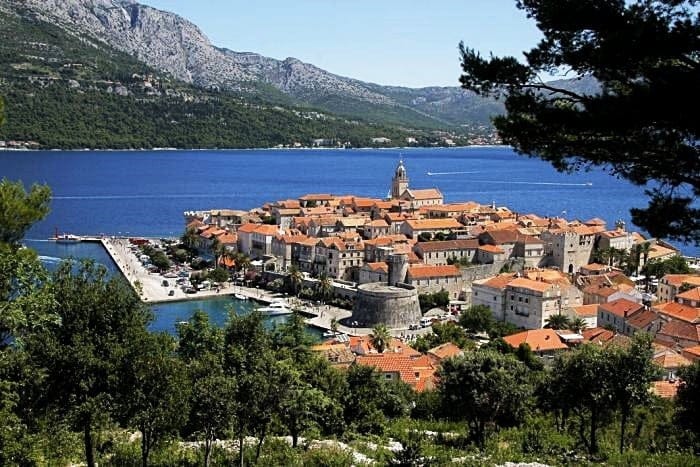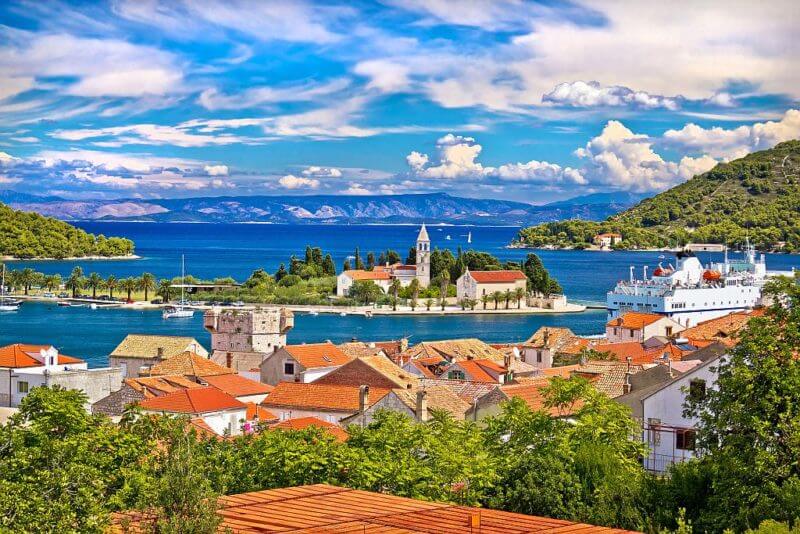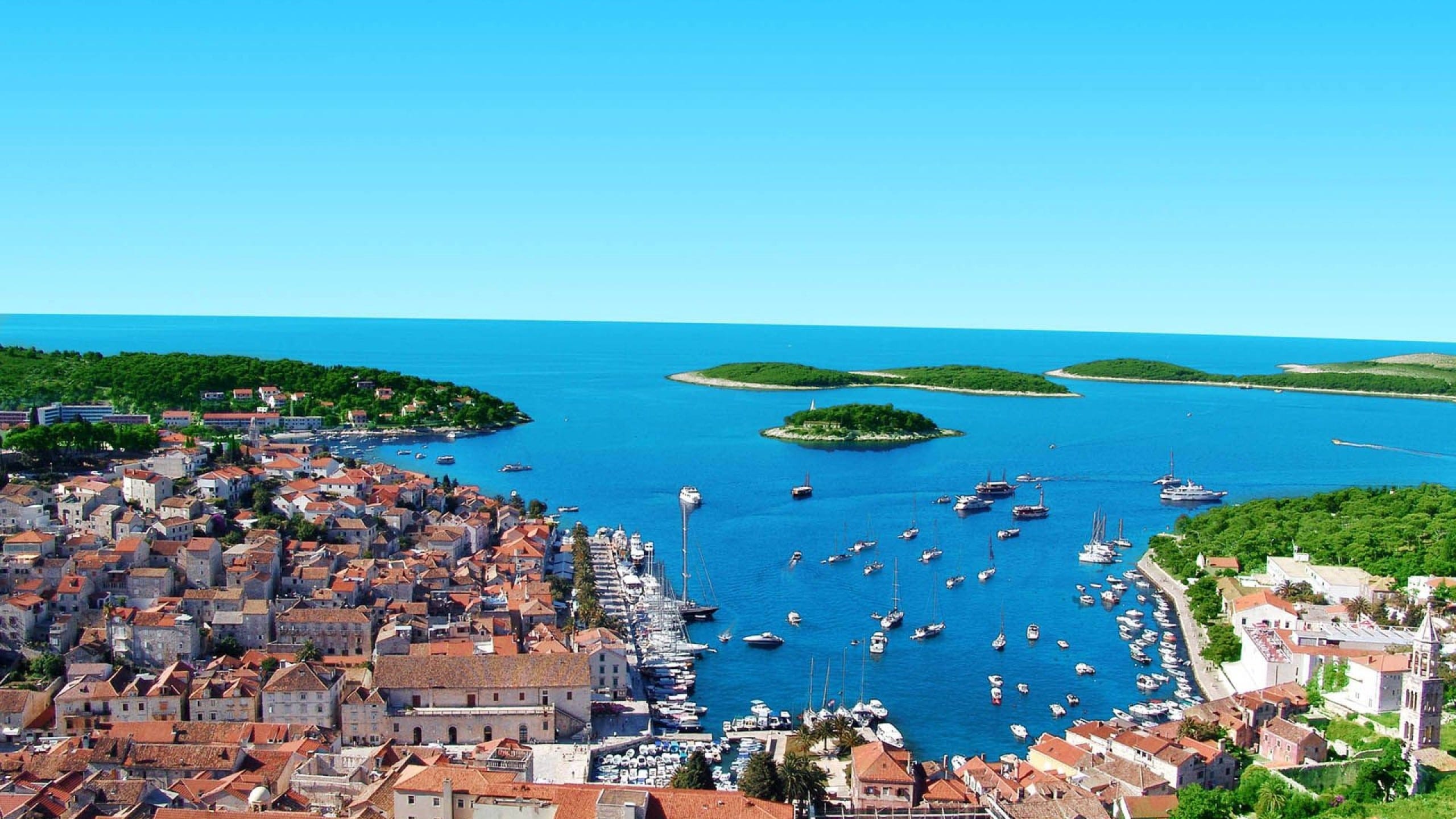Sail the Beautiful Adriatic from Dubrovnik to Split
It is not easy to choose the most popular part of the Croatian coast. This task is all the more difficult because of the rich offer for sailors along the entire Croatian coast – each cove can be your private bit of heaven. Many sailors choose always the same locations, depending on their personal preferences. You have to decide how you will choose the best vacation for you, and you can choose from peaceful places full of natural beauty, lively towns full of fun, luxury marinas, culinary destinations, active vacations… Sailors visiting Croatia for the first time usually choose the route between Dubrovnik and Split to discover its beauty and landmarks.
Except for a great motorway connection and international airports, another reason to visit both of these symbols of Croatian tourism during your sailing trip is the fact that those two gems of the Croatian coast are home to UNESCO World Heritage sites rich history, preserved heritage and architecture, but also a lifestyle that is all about fun and a great culinary offer for guests.
On the other hand, when you leave the busy towns and head for the open sea, you will discover a magical world of sailing the Croatian islands. The Elaphiti Islands stretch northwest from Dubrovnik and offer excellent berths and wonderful local restaurants.
Only three nautical miles from the Elaphiti islands lies the island of Mljet with its national park whose salt water lakes in the western part of the island are visited by many sailors. Nearby is the Pelješac peninsula where you can also visit the best Croatian wine makers whose red wines are among the finest in the world. If you choose to do so, we recommend that you also try the locally farmed oysters
The route then takes you to the medieval town of Korčula and its first-class marina. The town streets are home to charming taverns offering homemade pasta made according to a five-century old recipe. Then you should decide whether you want to continue sailing to the island of Hvar or the Lastovo Archipelago, which is a protected nature park. Apart from its natural beauty, Lastovo has an excellent culinary offer of seafood specialties, with the Adriatic lobster as our favourite.
Then you can continue sailing to the island of Vis, that was a prohibited zone for foreign tourists in Yugoslavia, making it all the more popular today. That island is home to the most beautiful coves in Croatia, such as Stiniva located on its south shore or the world famous Blue Grotto on the neighbouring island of Biševo. The town of Vis offers a lot of fun, and you can also visit some of the rural households inland.
The next place that attracts thousands of sailors is the town of Hvar and the nearby Pakleni islands. Numerous restaurants in hidden coves offer every seafood specialty imaginable, and the town is a proper example of the Mediterranean lifestyle and a wild night life. Hvar was the starting point of nautical tourism 50 years ago and it represents the Croatian seaside at its best. Sailors then usually go to Zlatni rat on the island of Brač, another symbol of Croatian tourism, before mooring their sailing boats in the largest coastal city – Split. By choosing that route, you will have barely scratched the surface of its offer during your seven-day trip, but you will visit many landmarks of interest to sailors visiting Croatia for the first time.

